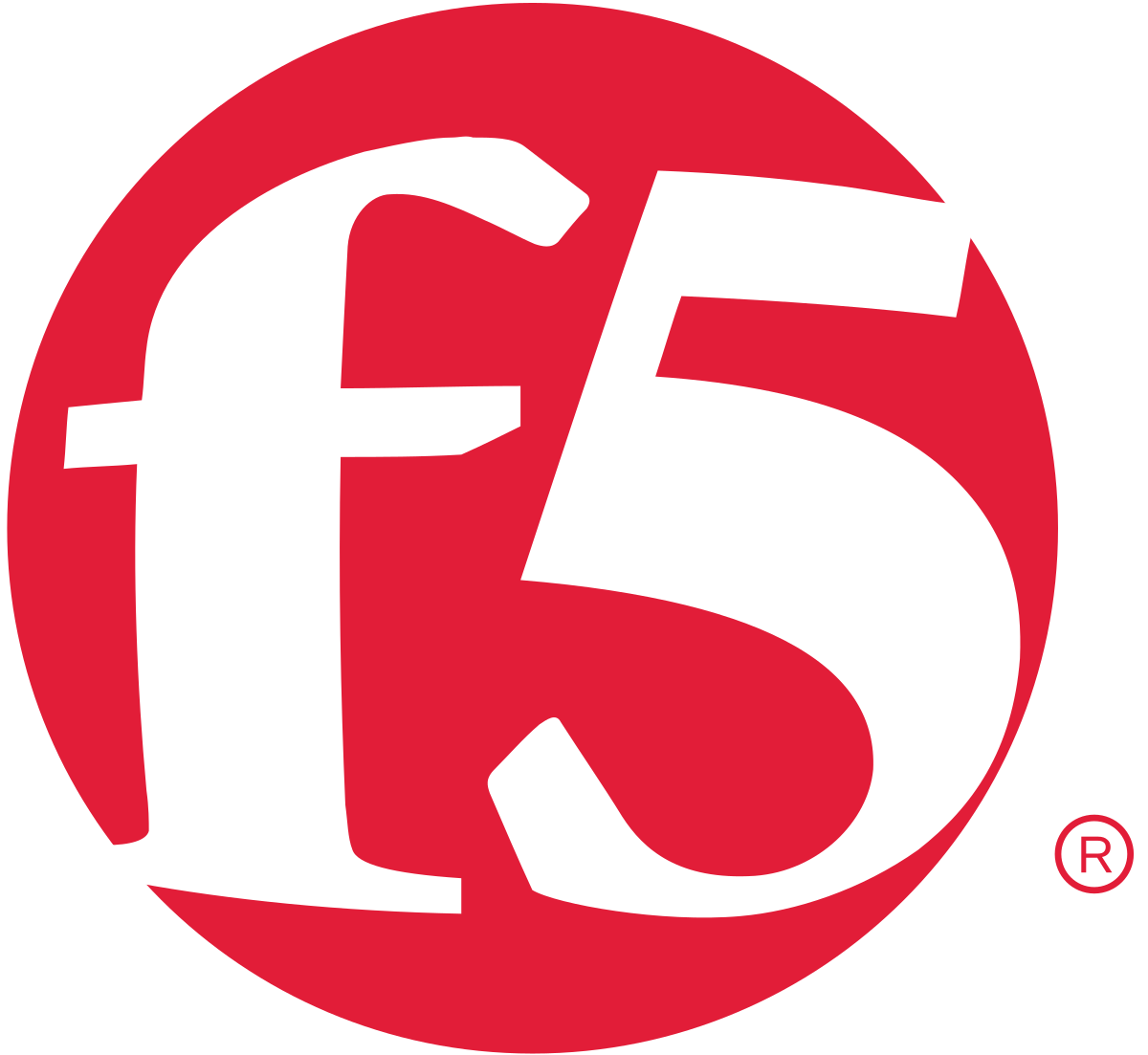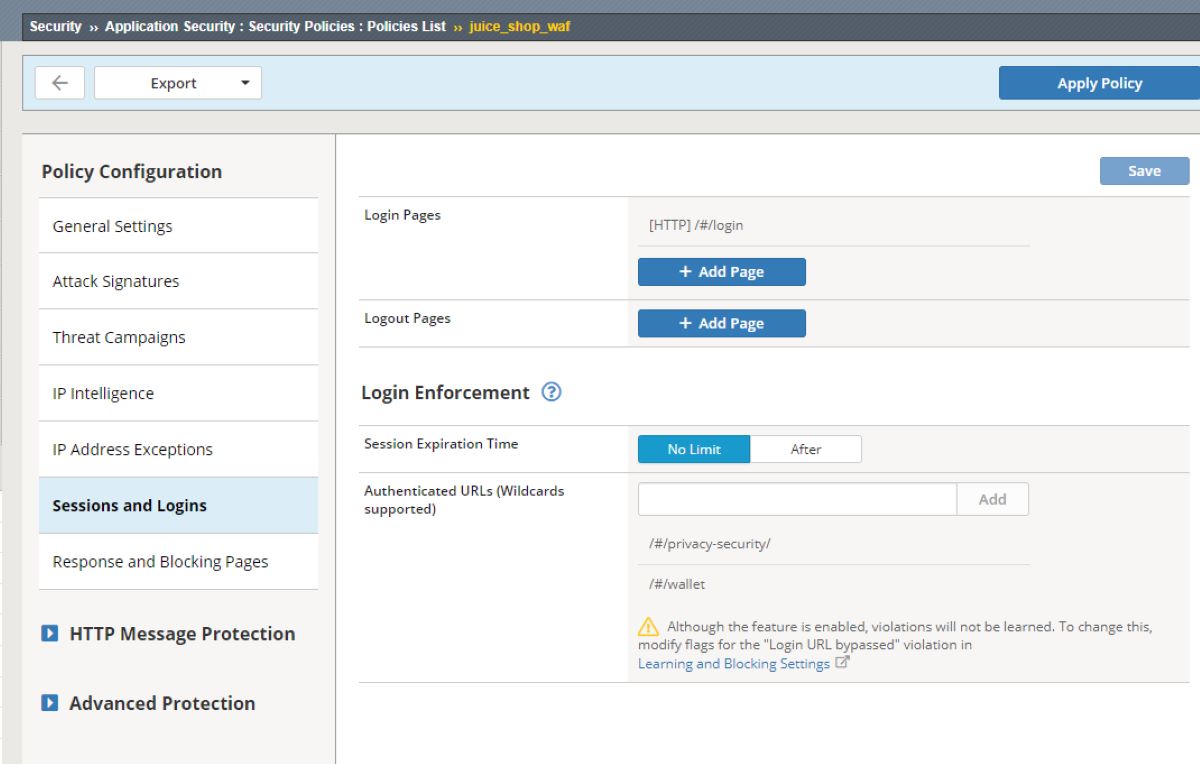What is a Web Application Firewall?
A Web Application Firewall (WAF) is a security solution designed to monitor, filter, and block HTTP(S) traffic to and from a web application. Unlike traditional firewalls that protect network perimeters, WAFs specifically focus on guarding web applications against threats such as SQL injection, cross-site scripting (XSS), and other application-layer attacks.
Reliable web application firewalls (WAFs) include solutions like Radware Cloud WAF, Cloudflare WAF, and Imperva Cloud WAF. These solutions are known for their machine learning capabilities, integration with cloud platforms, and robust protection against common web attacks like SQL injection and Cross-Site Scripting (XSS). The best choice depends on factors such as the existing cloud infrastructure, budget, and the need for advanced customization.
WAFs operate by enforcing rulesets or signatures that identify known attack patterns and anomalous behaviors. Many modern WAFs also incorporate machine learning algorithms to adaptively detect new threats. By blocking malicious traffic before it reaches web servers, WAFs help maintain application availability and integrity, protect sensitive data, and ensure compliance with security standards such as PCI DSS.
In this article:
1. Detection Accuracy and False Positive Rates
Detection accuracy remains a cornerstone of WAF reliability. The ability of a WAF to identify genuine attacks without missing threats is essential for effective protection. Poor accuracy can lead to vulnerabilities being exploited or legitimate traffic being blocked. Advanced WAFs use multiple detection techniques, such as signature-based filtering, behavioral analysis, and anomaly detection, to enhance precision.
False positives, where legitimate activity is flagged as malicious, are a persistent challenge. Excessive false positives can disrupt business operations and frustrate users, while eroding trust in the security team. Modern WAFs employ more granular, context-aware rules and machine learning to reduce false positive rates.
2. Latency and Performance Overhead
Latency introduced by a WAF can affect user experience, especially for high-traffic web applications where millisecond delays impact performance metrics and customer satisfaction. As WAFs intercept and analyze each request, there is an unavoidable processing overhead. Efficient WAFs are designed to perform rapid analysis with minimal impact on response times, utilizing optimized inspection engines and hardware acceleration where possible.
Performance overhead must be tested during real-world peak conditions, not just under laboratory scenarios. Some WAFs provide features to bypass inspection for trusted endpoints or static assets, further optimizing throughput. The goal is to provide robust protection without degrading the speed and responsiveness expected by application users.
3. Scalability for High-Traffic Environments
Web applications serving thousands or millions of concurrent users demand a WAF that can scale horizontally and vertically. Scalability ensures the solution can handle surges in legitimate user traffic without compromising protection or performance. Leading WAFs support auto-scaling in cloud environments, leveraging load balancing and edge deployments to distribute inspection tasks efficiently across multiple nodes.
Manual interventions for scaling are increasingly inadequate. Enterprises require solutions that adapt dynamically to fluctuating loads while maintaining central management and configuration consistency. Cloud-native WAFs or appliances with elastic scaling capabilities are well-suited for eCommerce, SaaS, and large enterprise portals where traffic patterns are unpredictable.
4. High Availability and Redundancy
High availability is a prerequisite for WAFs deployed in mission-critical environments. WAF downtime can lead to exposure from unfiltered attacks or even block access to web applications entirely. Redundancy mechanisms, such as clustering, failover capabilities, and multi-region deployments, ensure that WAF protection remains continuous in the face of hardware failures, software issues, or connectivity outages.
Modern WAFs may be deployed in active-active or active-passive configurations to support seamless failover. Regular testing of disaster recovery and failover processes is necessary to verify actual resilience. For cloud WAFs, cross-region replication and load-balanced global points of presence boost availability.
5. Ease of Integration with Existing Infrastructure
Seamless integration with existing application delivery and security infrastructure is essential for the reliable operation of a WAF. Compatibility with load balancers, content delivery networks (CDNs), identity providers, and orchestration tools accelerates deployment and reduces configuration errors. APIs, automation, and support for popular DevOps workflows help integrate WAFs into CI/CD pipelines for real-time security enforcement.
Integration also includes interoperability with log management, SIEM, and incident response platforms for consolidated threat visibility and rapid event triage. The ability to support hybrid and multi-cloud architectures, where applications span on-premises data centers and public clouds, is crucial for modern enterprises.
Related content: Read our guide to WAF rules.
Note: The reliability info for each vendor is taken from product information available on their official website.

Radware Cloud WAF is a cloud-native web application firewall that protects applications and APIs from a broad spectrum of web threats, including OWASP Top 10 vulnerabilities, bot attacks, and data leakage. Delivered as part of Radware’s Cloud Application Protection Service, it combines machine learning, advanced threat intelligence, and automation to provide continuous, adaptive protection with minimal manual effort.
Key features include:
- Automated rule generation: Analyzes applications and automatically creates precise security policies to detect and block threats without overblocking.
- Threat intelligence–driven defense: Leverages global attack data to identify and mitigate emerging vulnerabilities and exploit patterns in real time.
- Bot and API protection: Uses device fingerprinting and AI-powered API discovery to prevent abuse from malicious bots and unauthorized API usage.
- Data leak prevention: Blocks transmission of sensitive data such as credentials, credit card numbers, and personal identifiers.
- Compliance and certifications: NSS Labs recommended, ICSA Labs certified, and PCI-DSS compliant for robust enterprise-grade security.
- Integrated Layer-7 protection: Includes web DDoS mitigation and client-side protection for a full-stack security approach.
Reliability info:
Radware Cloud WAF ensures enterprise-grade reliability through a globally distributed, redundant infrastructure delivering 99.999% service availability. Its multi-layered architecture combines automatic failover, real-time health monitoring, and adaptive traffic routing to maintain consistent protection and performance during high-volume or multi-vector attacks.
Integrated with Radware’s Global Threat Intelligence Network and supported by its 24/7 Emergency Response Team (ERT), the service continuously updates defenses and scales automatically to handle evolving threats without performance degradation. This guarantees uninterrupted, SLA-backed protection for applications across hybrid and multi-cloud environments.

Cloudflare’s web application firewall helps detect and block common and emerging threats by leveraging its global network and machine learning capabilities. Operating at the edge of the Cloudflare connectivity cloud, the WAF processes over 100 million HTTP requests per second, allowing it to quickly identify new attack patterns, including zero-day exploits.
Key features include:
- Global threat intelligence: Cloudflare’s global network enables continuous learning from real-world traffic to block the latest threats, including zero-days.
- Machine learning-based detection: Real-time blocking of new threats using automated, adaptive algorithms.
- Fast setup and simplified management: Deploys in minutes with no need for professional services or complex configurations.
- Managed and custom rulesets: Offers pre-configured protection based on OWASP standards and allows creation of organization-specific rules.
- Layer 7 attack mitigation: Blocks common vulnerabilities such as SQL injection and cross-site scripting.
Reliability info:
Cloudflare WAF is built on the Cloudflare global network, which processes over 100 million HTTP requests per second at peak. This scale enables consistent protection without degradation in performance, even under heavy load. The platform’s unmetered DDoS protection ensures availability during high-volume attacks, and it provides a 100% uptime SLA across enterprise plans.

Imperva’s web application firewall helps protect applications and APIs across cloud, on-premises, or hybrid environments. Supported by Imperva Threat Research, the WAF delivers continuously updated and production-tested rules, enabling most customers to deploy it in blocking mode.
Key features include:
- Near-zero false positives: Over 90% of customers deploy Imperva WAF in blocking mode, backed by precision-tuned rules created and tested by the Imperva Research Labs.
- Automated rule management: Threat researchers proactively push updated rules daily, including updates for critical threats, removing the need for custom rule creation.
- Machine learning-driven threat detection: Correlates security events into a single incident narrative, reducing noise and helping analysts focus on real attacks.
- Fast deployment: Preconfigured rules allow immediate blocking-mode deployment; SaaS model enables centralized protection across multiple environments.
- Flexible deployment models: Supports cloud, on-premises, and hybrid environments, making it suitable for a range of application architectures.
Reliability info:
Imperva WAF is designed for dependable protection with over 90% of customers operating in blocking mode. This is supported by continuously tested rules from Imperva Research Labs, which are deployed in production environments before reaching customers. Imperva performs automated daily rule updates, along with real-time critical threat responses.

Akamai’s App & API Protector is a cloud-based web application firewall to defend web applications and APIs from threats while minimizing operational complexity. Intended to support the needs of microservices, cloud-native architectures, and evolving API ecosystems, this solution combines WAF functionality with bot mitigation, API protection, and DDoS defense.
Key features include:
- Adaptive security engine: Assigns dynamic threat scores to each request, applying tailored protections based on risk level to detect evasive attacks while maintaining a low false positive rate.
- Self-tuning automation: Uses machine learning to analyze security triggers, recommending policy updates that reduce manual tuning and speed up response.
- Bot mitigation: Identifies and blocks malicious botnets without interfering with legitimate automation, using a database of over 1,750 known bots and customizable definitions.
- API protection: Automatically discovers and protects APIs, including undocumented or changing endpoints, inspecting traffic for malicious code.
- DDoS protection at the edge: Blocks volumetric and application-layer DDoS attacks in real time, preserving application availability during large-scale events.
Reliability info:
Akamai App & API Protector ensures consistent reliability through a self-tuning security engine that adapts to evolving threats and changes in application behavior. It leverages threat intelligence from over 300 TB of daily attack data and updates protections automatically, reducing administrative effort and the risk of outdated policies.

F5’s BIG-IP Advanced WAF is an application-layer firewall to detect and block advanced threats that bypass traditional WAF solutions. It offers protection against application-layer DDoS attacks, credential theft, zero-day vulnerabilities, automated bot traffic, and targeted threat campaigns.
Key features include:
- Behavioral analytics and machine learning: Detects layer 7 DDoS and evasive threats using behavioral baselines instead of relying solely on signatures or IP reputations.
- API security: Supports REST, JSON, GraphQL, XML, and GWT APIs, with granular policies for securing API traffic across microservices.
- Bot defense: Identifies and mitigates automated attacks, preventing resource exhaustion and protecting business logic from abuse.
- In-browser data encryption: Encrypts sensitive data at the application layer to stop malware and man-in-the-browser attacks from harvesting credentials.
- Security as code: Enables declarative, API-based security policy deployment and configuration, aligning with DevOps and CI/CD workflows.
Reliability info:
F5 Advanced WAF offers reliable protection through flexible deployment options. Its behavioral analytics and machine learning capabilities enable accurate detection of application-layer DDoS and targeted attack campaigns, even those that bypass traditional defenses.

Source: F5
Conclusion
A reliable web application firewall is critical for defending modern web applications against an expanding range of sophisticated threats. It must deliver high detection accuracy, minimal false positives, low latency, and seamless scalability without disrupting user experience or development workflows. Additionally, robust WAF solutions offer flexibility in deployment and integration, ensuring they can adapt to diverse architectures and threat environments.